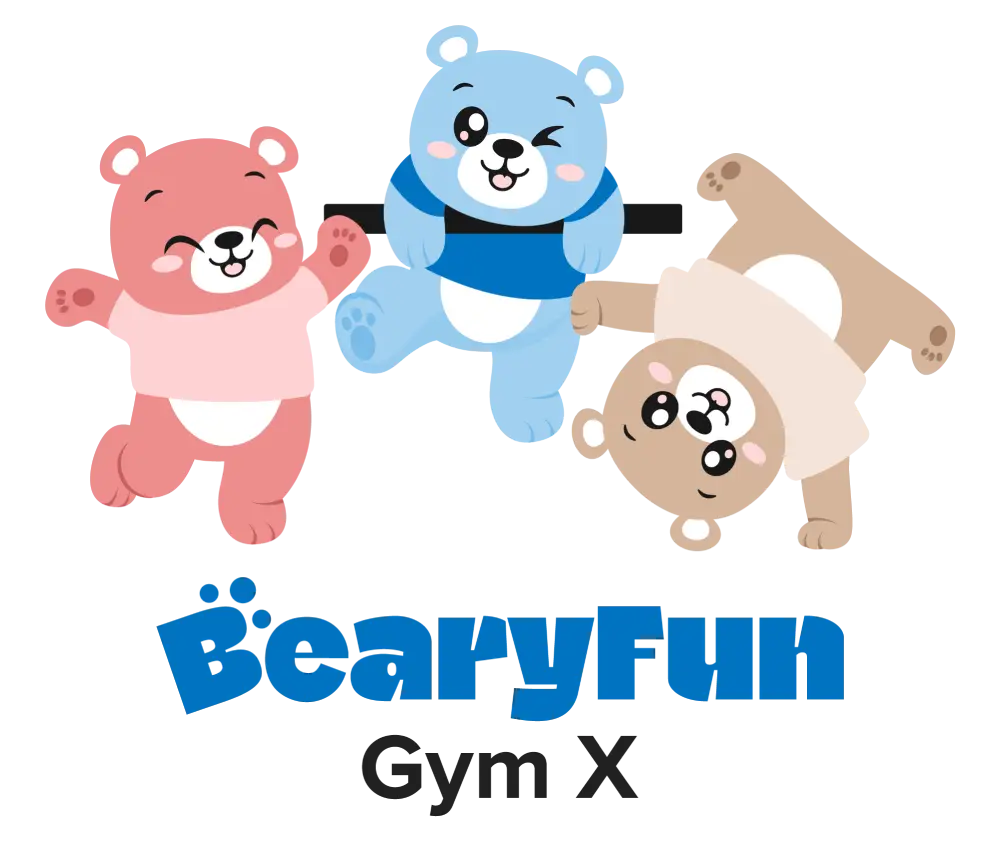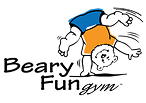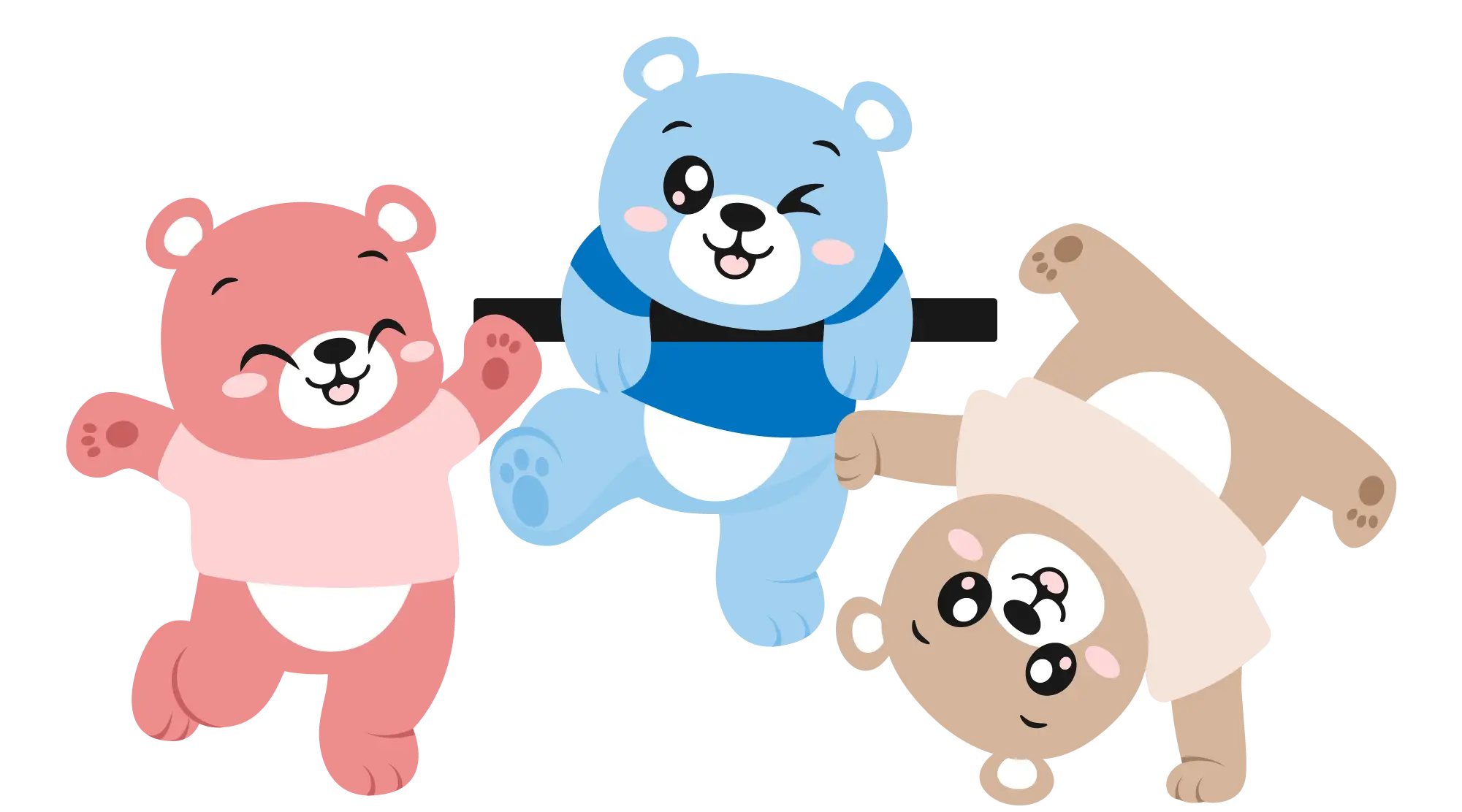Introduction
Early childhood marks a critical stage of brain development where foundational learning and behaviour patterns begin to form. During this phase, a child’s brain grows at an astonishing rate, laying the groundwork for how they think, feel, and interact with the world. But did you know that physical movement also plays a part in early childhood development?
While jumping, climbing, and balancing may seem like simple play, these movements stimulate key areas of the brain tied to memory, focus, coordination, and self-control. Children’s gym classes provide a dedicated space where this kind of development happens naturally through purposeful play.
This article explores how a structured play environment can boost your child’s brainpower through play. Every leap, stretch, and roll in the gym becomes a fun-filled step toward sharper thinking and stronger emotional skills!
Key Takeaways:
The early years are a time of rapid brain development, with over a million neural connections forming every second. Purposeful physical activity fuels this growth, supporting not just physical milestones but also how children think, focus, and regulate emotions.
From neurogenesis to myelogenesis, each stage of brain development benefits from physical play. Activities like crawling, climbing, and balancing help neurons activate, connect, and specialise. Repetitive movement in structured environments like children’s gyms enhances motor planning, attention, and emotional control.
Physical activity strengthens key cognitive functions such as memory, executive function, and decision-making. It also promotes brain development by improving sensory integration and emotional regulation, helping children respond to challenges with greater resilience and self-awareness.
Children’s gyms are intentionally designed to support full-body engagement and whole-brain activation. With age-appropriate programmes and guided learning, children develop core motor skills while reinforcing the neural connections essential to healthy brain development.
You don’t need specialised equipment to support your child’s brain development. Everyday activities like balancing on a curb, crawling through pillows, or jumping over lines can offer rich movement experiences. Encouraging safe exploration and celebrating effort helps build confidence and reinforces lasting neural connections. |
Understanding the Brain-Body Connection
How Movement and Brain Development are Linked
During the earliest years of life, the brain is in overdrive—forming more than a million new neural connections every second. By age 3, a child’s brain reaches around 80% of its adult size. It is nearly fully developed by age 5. More than a period of physical growth, the early years are a critical window for forging a child’s thinking, movement, and emotional development.

What many may not realise is that the relationship between brain and body is two-way. While the brain governs movement, movement shapes brain development. For instance, when a child faces a new challenge at the gym, their brain triggers a physiological response. This may help increase children’s focus, sparking their excitement, and activating their emotional control systems. Thanks to these responses, children can ultimately build essential cognitive skills like attention, resilience, and emotional regulation.
In addition, movement stimulates synaptogenesis, the process of creating new connections between neurons. These neural pathways are the foundation for motor coordination, problem-solving, memory, and spatial awareness.
Gross motor activities, including running, balancing, or navigating physical obstacles, activate multiple brain regions simultaneously. They challenge children to plan, adapt, and stay aware of their surroundings, engaging both the body and mind in tandem. Over time, especially in structured settings like gymnastics classes for kids, these experiences stimulate brain development and promote cognitive flexibility.
What are the 7 Stages of Brain Development and Where Movement Fits In?
We often think of movement as something physical. But the truth is, in early childhood, it’s just as vital for the mind as it is for the body. From a baby’s first roll to a preschooler’s confident climb, each physical milestone plays a part in brain development.
After understanding how movement supports brain growth on a broad level, we can now take a closer look at the seven key stages of brain development—and see exactly where movement fits in.

1. Neurogenesis – Building the Brain’s Foundation
Neurogenesis involves the formation of new neurons, with billions of them created before birth. These cells are the brain’s building blocks for everything from thought to motion.
Once a child is born, movement-rich environments like children’s gyms help activate these neurons through physical activities for kids. Sensory and motor experiences give these raw materials purpose, paving the way for later learning and coordination.
2. Cell Migration – Neurons Travel to Their Roles
During this stage, neurons begin migrating to their designated areas in the brain. This movement helps organise the brain’s structure and prepares specialised zones, such as those for motor control and vision. Besides, crawling, climbing, and other movements support the proper placement and activation of neurons. They are vital in improving children’s body movement and spatial awareness.

3. Cell Differentiation – Specialising for Specific Functions
Once neurons are in place, they begin to differentiate and specialise for specific tasks. These include processing sensory input, balancing, or coordinating motion. Movement experiences like balancing on beams, jumping, or swinging give the brain the stimulation it needs to refine these roles and develop more advanced motor and cognitive skills.
4. Cell Maturation – Strengthening Neural Links
As children repeat movements and engage in increasingly complex tasks, their neurons grow dendrites and axons, allowing faster and more effective communication between cells.
Structured movement, such as climbing, tumbling, or obstacle courses, strengthens these links, which ultimately improve coordination, timing, and reaction speed.
5. Synaptogenesis – Creating New Connections
Every new experience and challenge sparks the creation of synapses—the brain’s communication bridges between neurons. In a child gym setting, exposure to varied movement sequences (like navigating a new balance challenge or learning a tumbling routine) leads to more connections in the motor, sensory, and problem-solving regions of the brain.
6. Apoptosis and Synaptic Pruning – Refining the Brain’s Efficiency
To become more efficient, the brain undergoes a natural process called pruning. It involves eliminating unused neural connections and strengthening the frequently used ones. This streamlining process allows the brain to focus its resources on the most relevant and beneficial skills.
Through repetitive movement activities, children reinforce the neural pathways associated with coordination, balance, and emotional control. When these activities take place in a structured and supportive environment, such as a children’s gym, the brain learns which responses are most useful. It then supports children to fine-tune both motor abilities and emotional responses over time.
7. Myelogenesis – Speeding Up Communication
In the final stage, neurons become coated with a fatty substance called myelin, which acts like insulation on electrical wires. This process, known as myelination, allows signals between brain cells to travel faster and more accurately. The more efficiently these messages travel, the better a child can process information, stay focused, and coordinate their movements.
Frequent physical activities or moderate sports for kids—especially in the early years—help accelerate myelination. Each time a child runs, jumps, or balances, their brain is practising and reinforcing these neural pathways, making communication within the brain quicker and more precise. Over time, this supports sharper thinking, better attention control, and smoother physical coordination.
Play Is the Brain’s Favourite Way to Learn: The Role of Child Gyms in Promoting Brain Development
Boosting Brain Development: What are the Brain Benefits of Physical Play?
1. Improved Cognitive Function
Active play helps develop key cognitive skills that are foundational for lifelong learning. When children engage in movement challenges like navigating obstacle courses, they activate the parts of the brain responsible for memory, focus, and decision-making.
These activities encourage children to plan steps, solve problems, and adapt in real time, strengthening their executive functioning. By boosting cognitive growth in children, they nurture important mental skills like self-control, mental flexibility, and working memory—all of which are crucial for school readiness and academic excellence.
2. Better Sensory Integration
Physical play often involves interacting with different textures, speeds, sounds, and balance demands, which help sharpen a child’s ability to analyse and respond to sensory information. Known as sensory integration, the process teaches children how to make sense of their environment and respond appropriately.

Children who regularly engage in sensory-rich movement experiences tend to have better emotional regulation. This means they can better focus on both group and solo activities with less anxiety. In the long run, this contributes to their self-awareness and resilience.
3. Stronger Social and Emotional Skills
Many forms of physical play, especially in group movement settings or gym classes for toddlers, involve turn-taking, cooperation, and communication. Through these shared experiences, they begin to understand the importance of empathy, recognising how their actions affect their peers.
As they wait for their turn, listen to instructions, or help a friend complete a task, children also practise patience and learn to follow shared rules. Perhaps most significantly, they start to grasp the value of teamwork. You may see them work together toward a common goal and learn to celebrate each other’s successes.
In addition to building social skills, movement provides a powerful outlet for emotional expression. Physical play helps children release built-up energy, manage frustration, and boost their self-confidence. For example, successfully navigating a balance beam—with encouragement from peers—can give a child a strong sense of achievement and pride.
How Child Gyms Support Brain-Boosting Play
At first glance, a children’s gym might just look like a place to play. However, behind every tunnel, balance beam, and climbing wall, the environment is a purposeful design meant to fuel early development.
Here’s how child gyms create the ideal setting for brain-boosting play:

1. Purposeful Equipment Design
Features like climbing walls, balance beams, foam pits, and obstacle courses are designed to encourage full-body engagement, enhancing coordination, spatial awareness, and motor control.

2. Age-Appropriate Programmes
Structured sessions are carefully tailored to match children’s developmental stages. These programmes balance instruction with play, meeting children where they are while gently guiding them to the next milestone.
3. Guided Learning
Trained instructors observe and respond to each child’s progress. By guiding them patiently, instructors help promote both motor development and cognitive skills, such as focus, problem-solving, and self-regulation.

4. Safe, Encouraging Space
In a supportive environment, children are free to try, stumble, and try again. This serves as an integral part of building resilience, self-confidence, and a healthy learning process.
Running, jumping, climbing, and swinging meet a toddler’s natural need to move and explore. As their gross motor skills improve, children also boost their ability to:
- Navigate new spaces confidently — enhancing balance and risk assessment.
- Handle objects with precision – supporting fine motor control and everyday tasks.
- Engage fully with their environment – promoting active learning through play.
- Enjoy discovery through movement – fuelling curiosity and independence.
How Parents Can Support
Parents play a vital role in supporting their child’s development, especially when it comes to movement and learning. The good news? You don’t need fancy equipment at home to make a big impact. With a little creativity and encouragement, everyday moments can become powerful opportunities for brain-boosting movement.
Here are a few simple ways to support your child’s growth through play:
- Choose a children’s gym that integrates physical activity with learning outcomes, not just entertainment.
- Balance structured and unstructured play to build both discipline and creativity.
- Offer age-appropriate movement challenges at home, such as crawling tunnels, stepping stones, or balance paths.
- Encourage exploration without fear—allow your child to fall, try again, and celebrate small victories.
When movement is approached with purpose and support, it becomes one of the most powerful tools for early learning and lifelong development.
Frequently Asked Questions
1. How does physical play help with brain development in young children?
Physical play activates multiple areas of the brain. It improves memory, attention, coordination, and problem-solving by strengthening neural connections through movement and sensory experiences.
2. At what age should my child start attending a children’s gym?
Children can start as early as 6 months old with parent-assisted classes. Most gyms offer age-specific programmes from toddlers through early primary years, catering to each developmental stage.
3. What’s the difference between a regular playground and a children’s gym?
While playgrounds offer free play, child gyms provide structured, guided activities in a safe indoor environment. Well-structured gymnastics classes for kids help support both physical and cognitive milestones under trained supervision.
4. What influences brain development in the early years?
A mix of genetics and environment. Key influences include nutrition, emotional bonding, sleep, social interaction, and physical activity. Experiences—especially rich, varied, and responsive ones—shape how the brain connects and grows.
5. What are the signs of healthy brain development in young children?
Reaching age-appropriate milestones (e.g., walking, talking, problem-solving), showing curiosity, responding to social cues, engaging in play, and adapting to routines are all signs of healthy brain development.
Conclusion
Child gyms are so much more than places to burn off energy—they’re dynamic learning environments where physical play fuels brain development. Especially in the early years, every movement helps strengthen the foundation for thinking, coordination, and emotional growth. As parents, prioritising active play is one of the most impactful ways to support your child’s early education.
As a leading provider of gymnastics for kids in Singapore, BearyFun Gym believes that movement is the foundation of all physical development. Through our well-structured programmes, your child can nurture movement skills in a fun, safe, and non-competitive environment.
Contact us to give your child the gift of movement.




